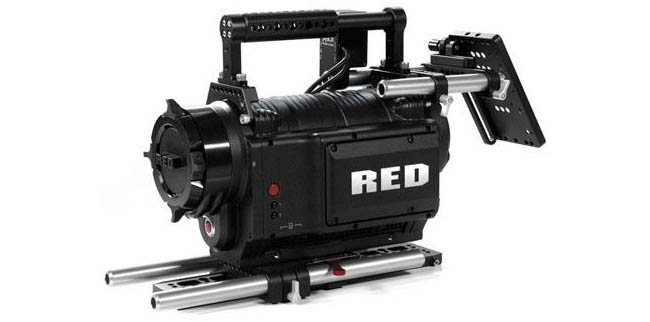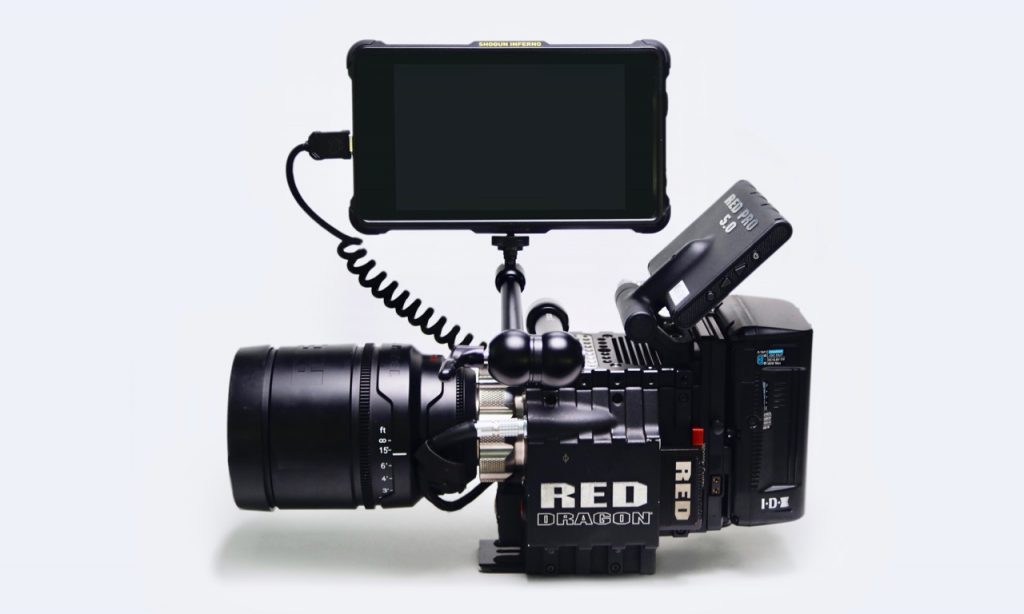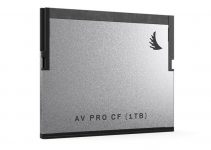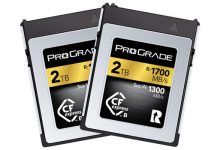First released in 2007, the original RED ONE Cinema Camera retailed at an at-the-time impressive price of $17,500 for the body only. You were getting high-quality REDCODE RAW recording in up to 4.5K for that sum and it had a huge impact on the market.
What does that camera run for today? A little under $1,500 believe it or not and considering how well reviewed the camera was over a decade ago it’s worth checking out for that price.
Caleb from DSLR Video Shooter threw down for a used RED ONE, paying only $1,300. The purpose was to examine how well high-end cinema cameras age and whether or not this type of purchase can still make sense in 2021.
It does help to reiterate that the launch price of $17,500 was super low for a cinema camera capable of 4K raw in 2007. There wasn’t any competition in that bracket. You either had to go way down to consumer camcorders or DSLRs or invest in traditional systems that cost multiple times more. On top of that, film was still very prevalent in big productions. This was the start of a revolution.
Consider that it took until 2020 for most of the major brands to reliable put 4K 10-bit in mirrorless cameras and how much of that is still reserved for more expensive models. The RED ONE was able to do 4.5K, anamorphic, and more using a Super 35mm sensor over a decade earlier with 12-bit Raw and high dynamic range.
Granted, the RED ONE is a massive system today that weighs in at 10 lb for the body alone. The body also had swappable PL and Nikon F mount options, though there are other parts you could get if you wanted to use other lenses, such as Canon EF. Caleb actually picked up an EF mount.

Image Credit: Wooden Camera
Looking at the camera today makes it seem really weird. And it is. But they did cram all the needed I/O and other settings you want in a camera. Plus, you’ll want to add a bunch of accessories, such as a monitor, top handle, etc.
Practical configurations will ask for a top handle – and top plates for mounting. You’ll want a V-mount plate and RED ONE cable or a RED cradle that supports V-mount batteries and a hard drive. For monitoring, you can use whatever modern monitor you have as the RED ONE outputs using standard connections.
Media is commonly CompactFlash, or CF, cards. Sticking with the RED-branded cards is the safest bet as the camera looks for the verified cards. You also will be more limited with your compression options. You can also opt for a RED Hard Drive, which means you’ll need mounting as it is big and heavy. And, if you can find it, there is an SSD module for RED SSDs which is probably the best and most expensive.
Accessories might total up to $500 or more. Caleb’s kit ran just over $1,700 for example.

Images by Atomos/RED
Resolution options were vast, ranging from 4.5K WS to 2K 2:1. Widescreen, Anamorphic, 16×9, and 2:1 were the options. The only thing to note is that everything crops on the sensor for a 1:1 pixel readout. This means your actual best bet is the 4K 16:9 option as it balances width and height while still hitting 4096 x 2304 resolution.
Frame rates are somewhat straightforward. 4/4.5K is up to 30 fps, 3K can hit 60 fps, and 2K can reach 120 fps. That’s respectable today considering it is all raw.
Speaking of raw, you have three compression options: 28, 36, and 42. These are the MB/s data rates. Obviously bigger numbers are better, but your mileage may vary.
One area where age does show is in low-light tests. Running through the sensitivity range it is best to stick to ISO 320 or 640 as noise shows up quickly as you continue to push upwards. Caleb said he was comfortable under ISO 1600, which is nothing compared to modern cameras.
In subjective testing, Caleb really liked the overall image quality. It was certainly helped by being a raw file with a lot of post control to bring out the best in the footage.
Already thinking of buying one? Here is where Caleb recommends looking:
Now for the cons.
Compared to modern systems, this camera is big and heavy. Plus, the startup time is very long at 1 minute 20 seconds. The fan system is very loud when turned on. There are fan controls, but it is still there if this is a concern. As for audio, it’s not an ideal system and modern audio recorders will beat out internal recording.
Finally, it’s difficult to find all the needed parts. Media is becoming rare. Accessories will go away. And sometimes stuff just breaks. It is a great camera for the money but you can’t guarantee it’ll last another decade.
Sometimes getting these types of cameras is just fun.
What’s your take on the RED ONE in 2021? Plus Caleb has some other videos on older cameras that you might be interested in checking out.
[source: DSLR Video Shooter]
Disclaimer: As an Amazon Associate partner and participant in B&H and Adorama Affiliate programmes, we earn a small comission from each purchase made through the affiliate links listed above at no additional cost to you.



